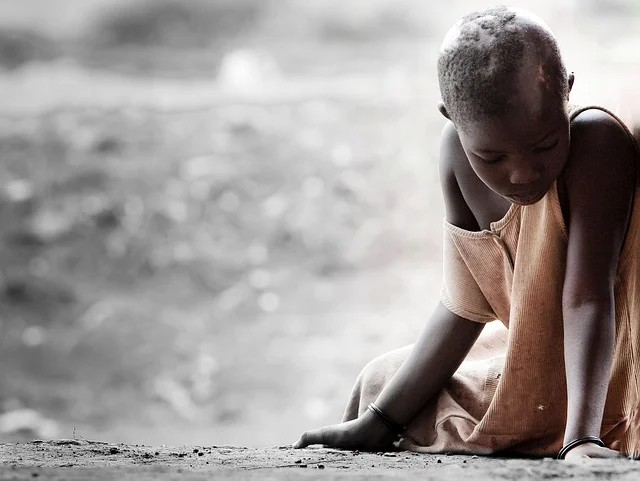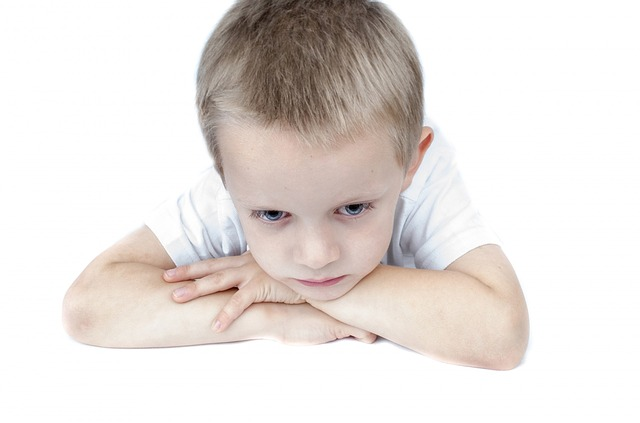Hello, an honor that you visit this blog with which I seek to give my contribution on topics about depression, more specifically on what I have called Antidepression, which is nothing more than topics and activities that promote the prevention, treatment and overcoming of this disease and its variables. The articles presented here are my first hand experience with this disease, however, many topics are supported by specialized literature taken from the web or books, magazines and brochures that, whenever the case may be, I will cite to indicate the source and not look like the full author of the post, when I am not. This account is intended to provide relevant and useful information for the community and the world. I hope it will be useful for the members of Project Hope and that they will appreciate my effort in publishing them.
In a previous post I discussed the symptoms of depression, symptoms in general terms that can be applied to people of any age. In this article I will focus on the symptoms that occur in children and adolescents.
Let's remember that depression presents specific symptoms. I mention these two, mainly:
- Low mood, sadness and feelings of hopelessness.
- Loss of interest in activities previously enjoyed or reduced pleasure in doing them, most days during the last few weeks.
Bearing this in mind let's move on to the topic that concerns us in this post, the symptoms of clinical depression in children and adolescents. In children we can notice some symptoms such as difficulties at school, problems with their friends, unusual actions. Children or adolescents can express their depression by becoming irritable and hostile as their emotional range is less developed than that of an adult, and expressions of depression can be manifested more through body language or what they do not do, than what they do or say. According to María Antonieta López, psychologist specialized in Post Traumatic Stress,
"In children and adolescents sadness can be replaced by rage or anger, behavioral changes, isolation, sleep disorders, decreased or increased appetite, apathy, loss of social contact."
Like many other physical and mental disorders, depression has a number of clear signs. But such signs are not very easy to recognize, for almost all adolescents become discouraged from time to time, just as adults do. What is the difference between simple sadness and depression? The distinction lies mainly in their intensity and duration.
Intensity refers to the degree to which negative feelings affect the young person. Depression is much more serious than a minor bout of despair; it is a devastating emotional illness that greatly reduces the ability to function normally.
Duration refers to the length of time that the state of apathy persists. According to clinical professors Leon Cytryn and Donald H. McKnew, Jr., *"the child who shows no signs of experiencing comfort or of resuming normal life within a week of falling into a state of despondency (regardless of reason) - or within six months of suffering what is to him a serious loss - is at risk for a depressive disorder.
The question then arises, what are the common symptoms of depression in a child or adolescent? Below is an explained list:
Decreased interest in almost all activities. The child becomes passive and those hobbies that until recently he or she liked, now seem boring to him or her.
Decrease in school performance. His/her grades drop or get worse. He no longer feels comfortable at school. Soon no longer wants to go to school.
Sudden change in mood and behavior. The quiet child is now haughty and restless. The depressed youngster may display rebellious behavior and even run away from home, for example.
Noticeable change in eating habits. Anorexia, bulimia or compulsive overeating often coexist with depression.
Unwarranted feelings of worthlessness or guilt. The child or adolescent is self-critical and overly judgmental. He considers himself useless or clumsy, or blames himself for events where he had nothing to do with it.
Social isolation. The adolescent withdraws from his friends or they distance themselves from him because of the same hostile attitude.
Sleep disorders. He sleeps little or sleeps too much. They get into the habit of falling asleep late or they may stay up all night.
Psychosomatic problems. Headaches, bone pain, back pain, stomach aches may indicate a silent depression. Be on the lookout for.
Dangerous or self-destructive behavior. Talk about death. Plays about it. Self-mutilation. Claims that no one wants him/her or would miss him/her. Attempts to take his own life in some extreme cases.
I have mentioned before that I am not a psychiatrist or clinical psychologist, I just collect specialized material and prepare it in articles and lectures. But perhaps what makes me different and what many specialists lack is experience as a depressive patient. Living first hand and for years this disease encourages me to share information about it and want to help others to prevent it, treat it, overcome it and/or live with it.
I conclude as always, if you feel identified with some of the definitions or symptoms of depression or know someone like this it is best to seek professional help to be treated. Procrastinating affects your quality of life and can lead you to make tragic decisions.
Life is beautiful, do not lose hope to live it to the fullest. Every day is a new opportunity.
Bibliographic and internet references:
-What family and friends need to know about depression, K Russell T. Joffe, M.D. Booklet edited by Wyeth Laboratories S.A. Venezuela.
-Working Group of the Clinical Practice Guideline on the Management of Depression in Adults. Clinical Practice Guideline on the Management of Depression in Adults. Ministry of Health, Social Services and Equality. Agency for the Evaluation of Health Technologies of Galicia (avalia-t); 2014. Clinical Practice Guidelines in the SNS: Avalia-t 2013/06.
-Help for depressed adolescents, Revista ¡Despertad! September 08, 2001. Vol.82, No.17. Watch Tower Bible and Tract Society of Pennsylvania. Same article on the web: http://wol.jw.org/es/wol/d/r4/lp-s/102008170
With love, Sam.
Originally posted here: https://hive.blog/hive-175254/@antidepresion/symptoms-of-depression-in-children-and-adolescents


No comments:
Post a Comment